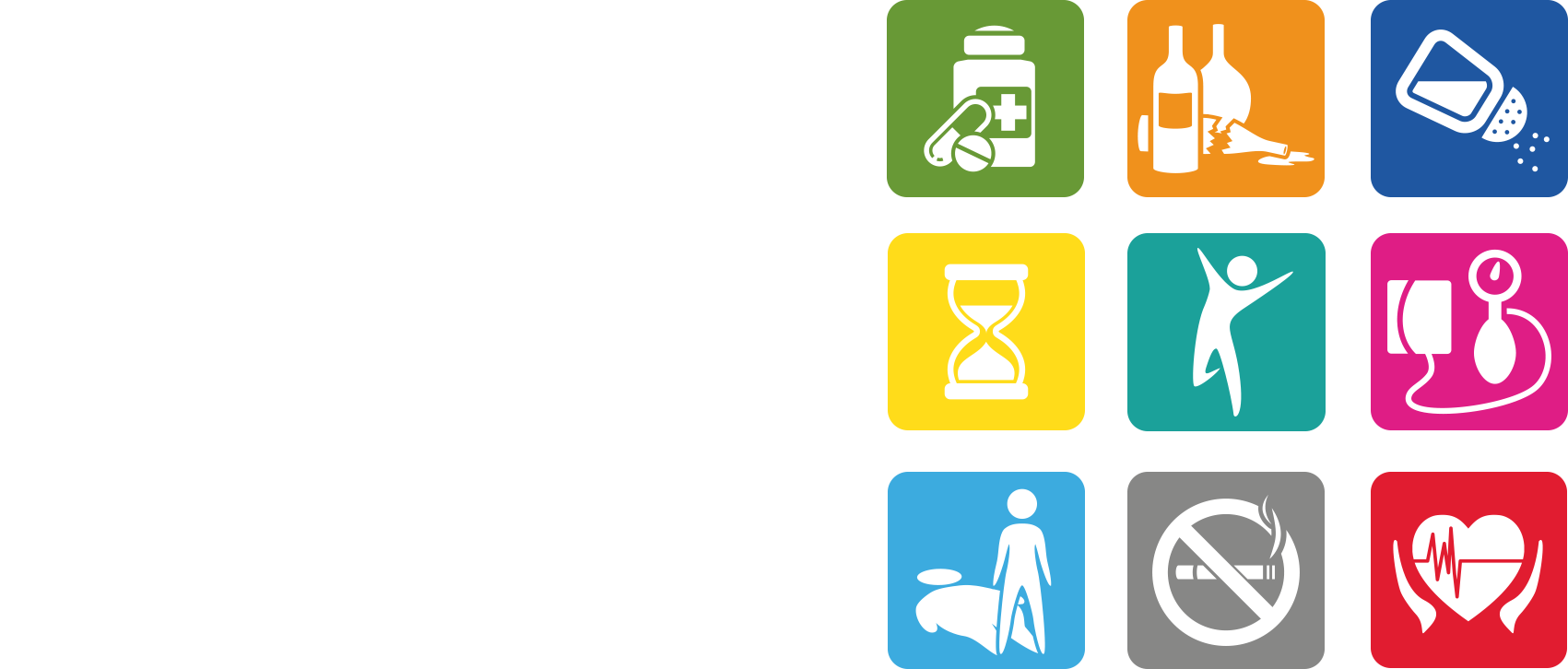In a nationwide exercise, all Iranians will be screened for cardiovascular diseases (heart attacks and stroke), cancers, chronic respiratory diseases (such as chronic obstructed pulmonary disease and asthma) and diabetes, by the end of the current Iranian year (March 20, 2016).
The project is part of the second phase of the Health Reforms Plan launched in May 2014, and aims to address non-communicable diseases, says Ahmad Kousha, head of the Health Ministry’s NCDs Centre.
“The ministry will issue a call for people to visit health and medical centers across the country and be screened for NCDs by the end of this year,” he was quoted by IRNA as saying.
Globally, NCDs kill 38 million people each year and almost three quarters or 28 million occur in low and middle-income countries. Cardiovascular diseases account for most NCD deaths (17.5 million people) annually, followed by cancers (8.2 million), respiratory diseases (4 million), and diabetes (1.5 million).
In Iran, 70-75% of all premature deaths are due to NCDs and traffic accidents and 40% of deaths are a direct result of cardiovascular diseases.
If risk factors such as tobacco use, physical inactivity, alcohol consumption and unhealthy diets are eliminated, at least 80% of all heart diseases, stroke and type 2 diabetes and over 40% of cancers could be prevented.
Since cost-effective interventions are now available to prevent premature deaths from chronic diseases, it is time to stop further loss of lives and disease burden on the economy.
“Once the tests are done, each individual will be given a rating to indicate the probable chances of developing a disease in the future,” said Kousha.
The basic assessments will include blood pressure, calculation of body-mass index, lipid profile, blood glucose testing, screening for cervical and breast cancer for women, and screening for colorectal cancer.
Prevention
Preventive instructions will be given to those found healthy at the time of screening and those found to have symptoms of an ailment or already have a disease will be referred to specific medical centers for treatment and control.
Cost-effective treatment is available for people diagnosed with chronic conditions. For example, medications such as beta blockers and aspirin are low-cost and effective measures to reduce the chances of severe heart attacks.
About 30% of Iranians are affected by one of the NCDs between ages 45 to 50 but are unaware.
Earlier, research and technology deputy at the Health Ministry, Reza Malekzadeh during a visit to Golestan Province said, “Prioritizing research on NCDs and their prevention could help postpone 80% of premature deaths in the country and increase life expectancy from the current 75 to 80 years.”
Kousha added that the screening will begin in rural and urban areas with populations less than 20,000 people and extend to larger areas.
Last year, the Health Ministry allocated $477 million (16 trillion rials) to implement health related projects in rural and urban areas with populations under 20,000 people.


